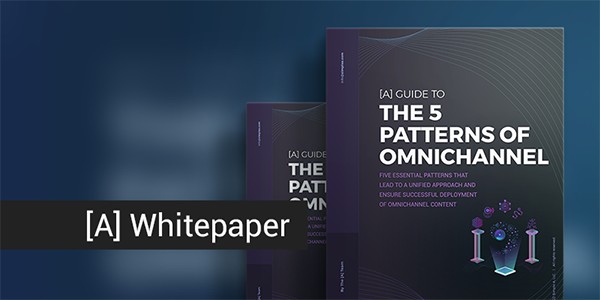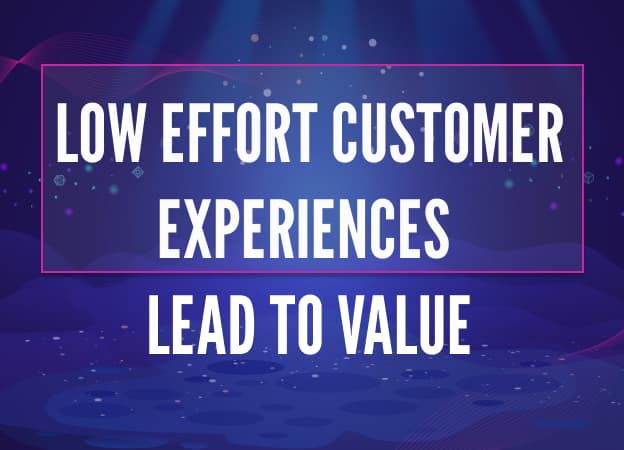It’s happening, whether we want it to or not - we are fast approaching a convergence of content. Content is the foundation on which customer experiences are built, be it text, imagery, video, or audio, and it’s being developed and consumed everywhere.
Content production (not publishing) is at the heart of every customer interaction.
The way that our customers are interacting with our content is rapidly changing. We have moved from a broadcast model to direct conversation, and content is at the heart of every one of those interactions.
It was a standard refrain from many content creators (and I was one of them) that every company is a publisher. As such, content managers followed the traditional broadcast-based publishing model. We produced the content we thought our customers needed, and we printed it, or put it on a webpage, in the hope that the customer would find it and read it.
That model is no longer sufficient or sustainable. Customers now expect to not just consume, but interact, with all types of content in all types of ways, from social media likes and video comments to online chatbots and voice command interfaces, like Siri and Alexa.
It’s no longer enough for companies to think of themselves as publishers; they must now act like media producers.
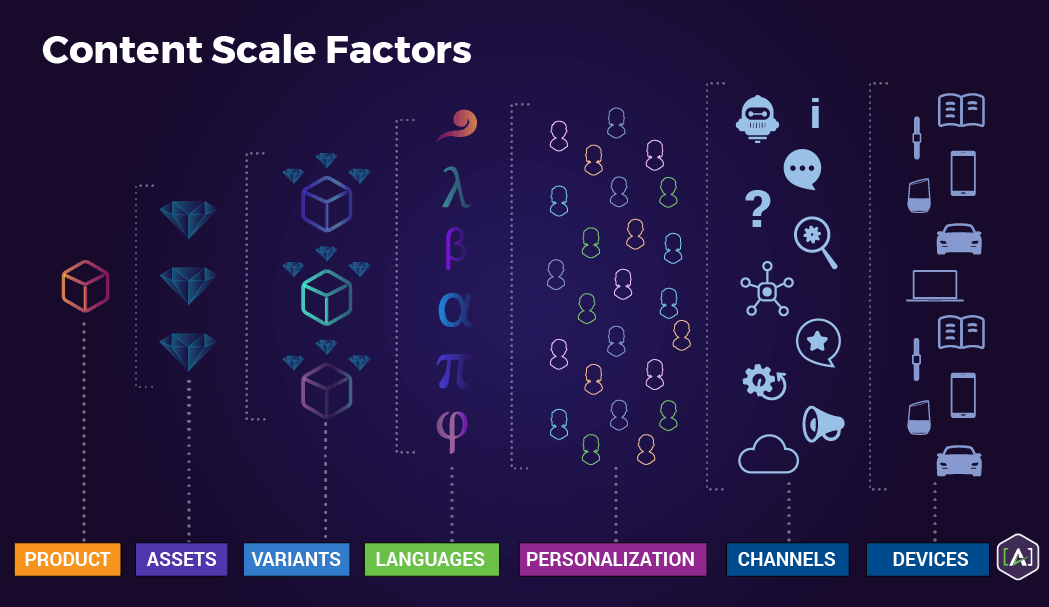
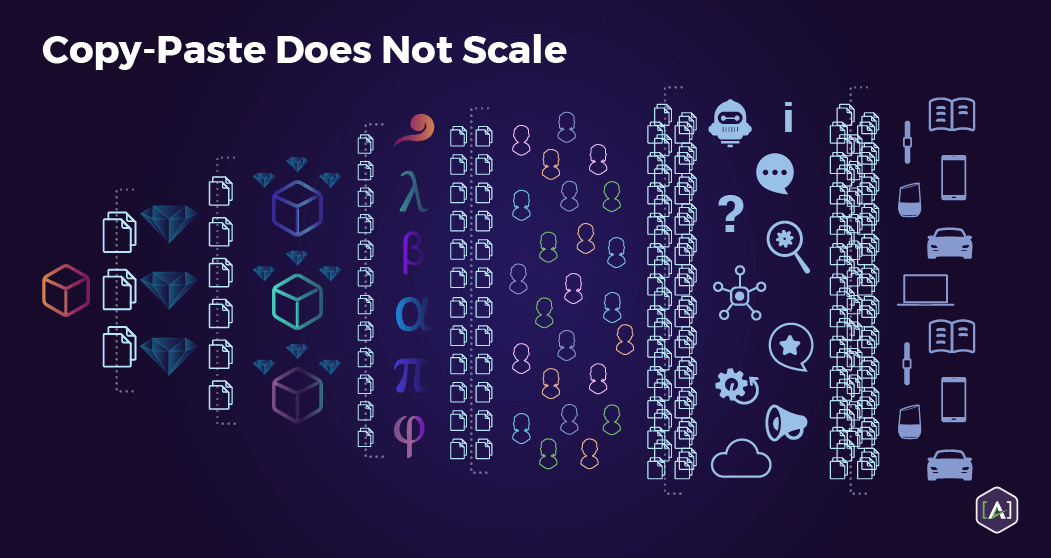
The frictionless, holistic customer experience.
We need to start by thinking in terms of the customer. This isn’t a difficult exercise to undertake; in fact, it’s the exact opposite. After all, we are all customers ourselves and deal with other companies on a daily basis. Our expectation of customer service and how we want to interact with content doesn’t change the minute we walk into the office. So think about how you like to consume content, and then put yourself in your customer’s place and apply those same experience expectations.
One of the first things to realize from such an approach is that customers don’t care where content comes from. They don’t go to your website or your app to look for content based on which department produced it - they just want answers.
Recent research by The Search Engine Journal showed that the top five content types that customers look for could be summarized as follows:
-
Answers to the 5 Ws (what, why, when, where, who)
-
How-to / instructions
-
Definitions (especially of complex terms)
-
Comparisons
-
Price / cost breakdowns
When we start thinking in terms of a customer looking for answers, we find that question-and-answer-type content is everywhere in our organizations. We all ask questions on how to do our own jobs. We ask about things like policies, procedures, industry information, and how to operate certain pieces of equipment or software; and there’s a high probability that somewhere in the organization those answers exist and have been documented. They may not be in something labeled as “customer facing,” but maybe they should be? Content is pervasive across any enterprise, and every organization within it produces content.
The purpose of that content can be to let people know that the company and product exist (marketing), to persuade them to buy it (sales), to direct the exchange of money (finance, invoicing, etc.), to help people use it (technical documentation), and to build ongoing relationships with customers (customer experience); and, allied with that are the internal policies and procedures that make a business run. It’s all valuable content; however, it is often locked away within disparate databases and siloed across the organization.
Content is historically lost in departmental silos.
It seems to be a truism that when everybody does something, nobody manages it. Unfortunately, this seems to be true of content creation and distribution. While we see many signs of greater awareness of the value of content at senior management levels, and many practical examples of content convergence (even if not always planned), the truth is that most content remains stuck in different silos. Our observations point to three distinct types of content silos:
-
Lines of business or departmental silos. These often lead to the same content being created over and over again due to lack of awareness of what is happening in other parts of an organization. From a customer perspective, this is often evident as inconsistent answers or duplication of responses.
-
Technology silos. Content lives in different systems of record and cannot be moved from one to the other. Static content quickly becomes dead content. The customer may experience this by having to repeat or reenter the same information over and over as they deal with different parts of the company and their individual systems.
-
Cultural and geographical silos. In some ways, it’s unavoidable that content tends to reflect the culture in which it is produced; but, in a digital global economy where customers or prospects could be accessing our content from anywhere, we have to think differently. If we stick to a regional or cultural bias, our customers may be exposed to content that is irrelevant or, in the worse cases, insensitive and offensive.
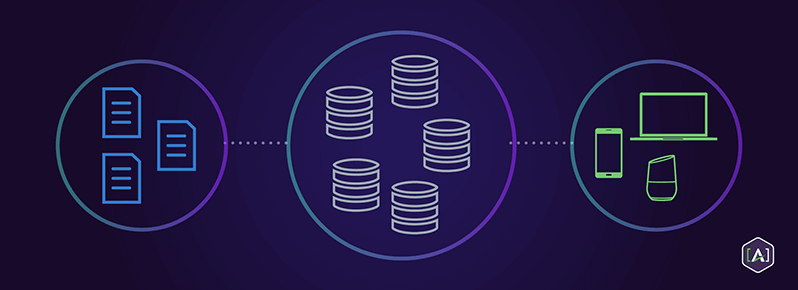
Content boundaries are crumbling.
Just as the digital world blurs cultural boundaries and interactions, so it is allowing us, through the use of analytics, to understand more about the types of content our customers want.
For instance, research by IBM showed that 76% of visitors to their main website were technical buyers researching technical content as part of a pre-sales activity. This is a clear example of content convergence in action where technical documentation designed for a support role is being consumed by the customer as marketing content.
If we apply this behavior pattern and start to think in terms of all marketing as content, then it could be argued that all content is marketing. Therefore, every content interaction is a brand experience. Simply put, your content is your brand, no matter where in the organization it is produced.
Merriam Webster defines convergence as 1. moving toward union or uniformity; 2. independent development of similar characters; and 3. the merging of distinct technologies, industries, or devices into a unified whole. Likewise, content must have uniformity, share characteristics such as flexibility and self-awareness, and work both independently in chunks and as a unified whole, regardless of context, customer, department or platform.
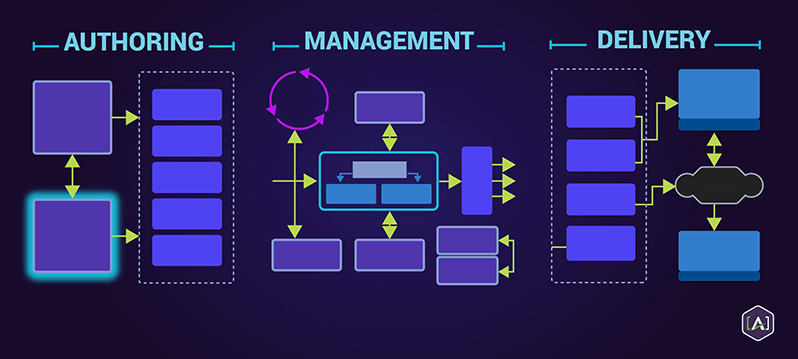
This is content convergence in action, and it is key to reaching and serving our customers. Start by identifying all of the content that is produced within the organization and examining how content is consumed and by whom. Ask who else could use or benefit from the reuse of content and what vehicles are in place, or need to be in place, to allow that content to travel to the people and platforms that need it most. [A] recommends starting with a basic website content audit aligned with the creation of a Core Content Model™.

